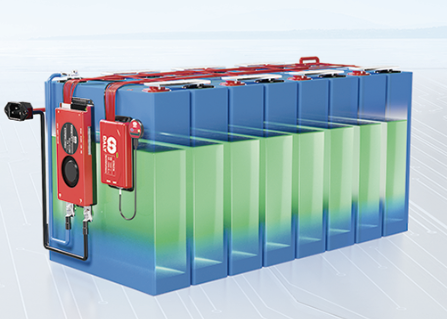When building a lithium-ion battery pack, many people wonder if they can mix different battery cells. While it may seem convenient, doing so can lead to several issues, even with a Battery Management System (BMS) in place.
Understanding these challenges is crucial for anyone looking to create a safe and reliable battery pack.
The Role of BMS
A BMS is an essential component of any lithium-ion battery pack. Its primary purpose is continuous monitoring of the battery's health and safety.
The BMS keeps track of individual cell voltages, temperatures, and the overall performance of the battery pack. It prevents any single cell from overcharging or over-discharging. This helps prevent battery damage or even fires.
When a BMS checks the cell voltage, it looks for cells that are close to their maximum voltage during charging. If it finds one, it can stop the charging current to that cell.
If a cell discharges too much, the BMS can disconnect it. This prevents damage and keeps the battery in a safe operating area. These protective measures are vital for maintaining the battery’s lifespan and safety.


Problems with Mixing Cells
Using a BMS has benefits. However, it's generally not a good idea to mix different lithium-ion cells in the same battery pack.
Different cells can have varying capacities, internal resistances, and charge/discharge rates. This imbalance can lead to some cells aging faster than others. Even though a BMS helps monitor these differences, it may not fully compensate for them.
For instance, if one cell has a lower state of charge (SOC) than the others, it will discharge faster. The BMS may cut off power to protect that cell, even when other cells still have charge left. This situation can lead to frustration and reduce the overall efficiency of the battery pack, impacting performance.
Safety Risks
Using mismatched cells also poses safety risks. Even with a BMS, using different cells together increases the likelihood of issues.
A problem in one cell can impact the whole battery pack. This can cause dangerous issues, like thermal runaway or short circuits. While a BMS enhances safety, it cannot eliminate all risks associated with using incompatible cells.
In some cases, a BMS may prevent an immediate danger, such as a fire. However, if an event damages the BMS, it may not function properly when someone restarts the battery. This can leave the battery pack vulnerable to future risks and operation failures.


In conclusion, a BMS is important for keeping a lithium-ion battery pack safe and performing well. However, it is still best to use the same cells from the same manufacturer and batch. Mixing different cells can lead to imbalances, reduced performance, and potential safety hazards. For anyone looking to create a reliable and safe battery system, investing in uniform cells is wise.
Using the same lithium-ion cells helps performance and reduces risks. This ensures you feel secure while operating your battery pack.
Post time: Oct-05-2024





